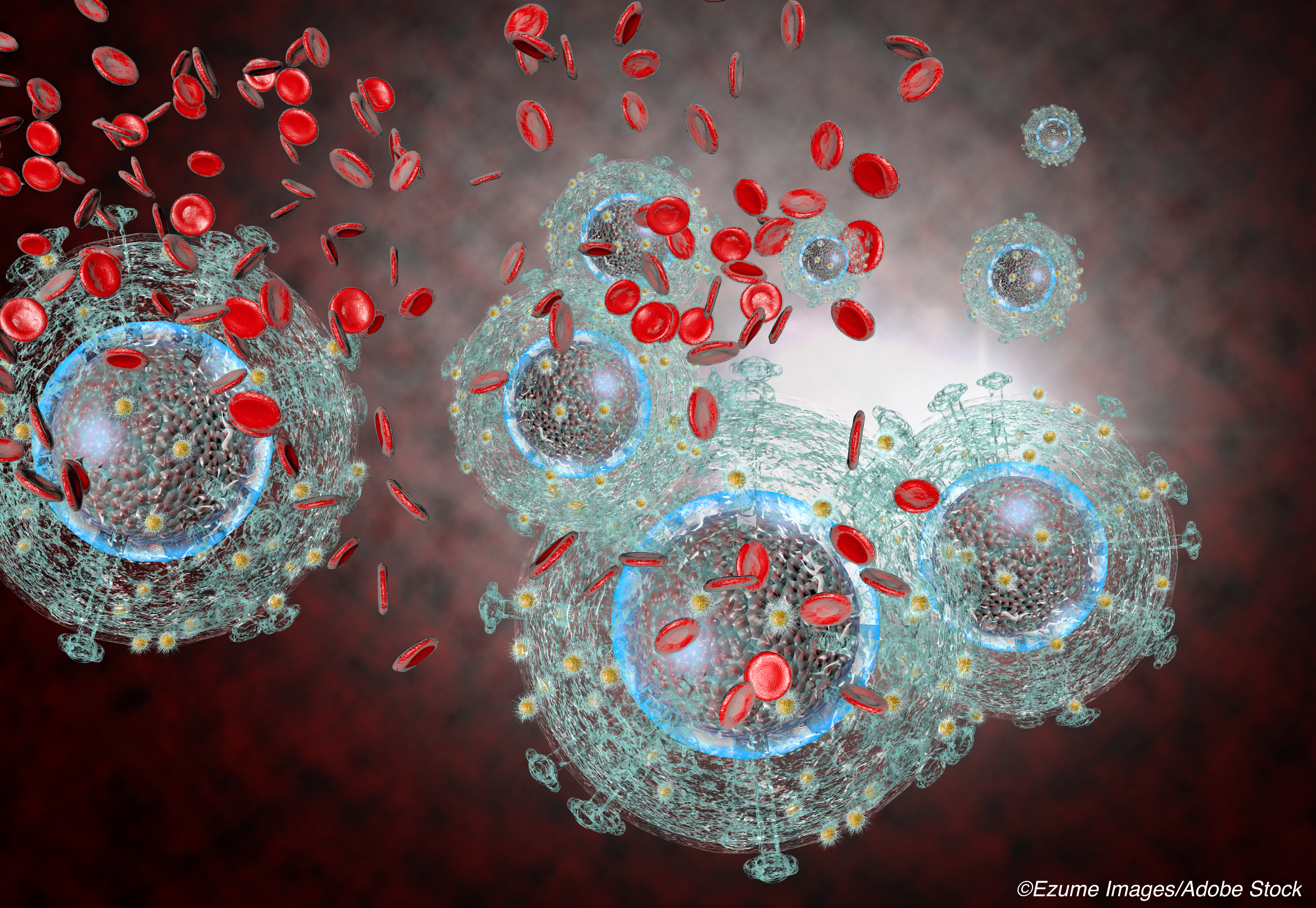A woman in South America has been identified as the second known case of spontaneous HIV viral clearance in a person who had not received extended antiviral treatment or a stem-cell transplant.
The 30-year-old from Esperanza, Argentina, who was first diagnosed as HIV positive in 2013, has never shown evidence of illness despite having a partner who died of HIV-related causes.
During eight years of follow-up, repeated testing showed virus below detectable thresholds without antiviral treatment.
No evidence of genome-intact and replication-competent HIV-1 was found in more than a billion peripheral blood mononuclear cells (PBMC) collected from the woman and in more than 500 million mononuclear cells from her placental tissue following delivery of a healthy, HIV-negative baby in 2019.
Writing in Annals of Internal Medicine, researcher Gabriela Turk, PhD, of the University of Buenos Aires, Argentina, and colleagues, noted that the woman displays the “clinical phenotype of an HIV-1 elite controller or post-treatment controller, defined by durably undetectable HIV-1 plasma viremia in the absence of [antiviral therapy] ART.
“What distinguishes her from all other described elite controllers and post-treatment controllers is the absence of detectable intact HIV-1 proviruses and replication competent HIV-1 viral particles in large numbers of cells (>1.5 billion total),” they wrote, adding that this had previously been described only in the case of a 67-year-old woman who had 28 years of HIV-1 control without ART.
“These observations raise the possibility that a sterilizing cure may be an extremely rare but possible outcome of HIV-1 infection,” they wrote.
In commentary published with the study, Joel Blankson, MD, PhD, of the Johns Hopkins Medicine Center for AIDS Research, Baltimore, noted that fewer than 1 in 100 people living with HIV have been shown to reliably control viral replication to below detectable limits without ART, and these elite controllers “represent a model of a cure for HIV-1.”
Blankson wrote that the two cases raise the possibility that “some elite controllers may have gone beyond simply controlling the virus and instead have managed to eradicate it… However, it has not always been clear whether they are models of a functional cure, where replication-competent virus remains but is controlled by host factors (analogous to the control of herpes viruses), or a sterilizing cure, where the virus is eradicated by the host (analogous to the control of most viruses).”
Turk and colleagues noted that the Argentinian woman’s case most closely resembles that of Timothy Ray Brown, known as the Berlin patient, who underwent a transplant with CCR5Δ332-encoding hematopoietic stem cells in 2007, which resulted in HIV viral clearance.
“In the Berlin patient, no replication-competent HIV-1 proviruses were detected in 1.19 billion PBMCs, leading to the conclusion that he had achieved a sterilizing cure of HIV-1 infection,” they wrote. “Does this imply that our patient has developed a sterilizing curing during natural infection? We believe this is likely, but it cannot be proved.”
They further wrote that scientific concepts like the one they propose can be disproved, but not proven, through empirical data collection.
“In the case of HIV-1 research, this means that it will be impossible to empirically prove that anybody has achieved a sterilizing cure,” they wrote.
The Argentinian women had no ART until 2019 when she became pregnant and began treatment for six months during her second and third trimesters. She stopped the antiviral therapy after delivery, and her HIV-1 viral loads remained undetectable by commercial PCR assays.
The researchers used near full-length individual proviral sequencing for single-genome amplification of HIV-1 DNA to evaluate persistent HIV-1 reservoir cells.
A total of 1.188 billion PBMCs, collected from 2017 to 2019 (265 million) and in 2020 (923 million), were analyzed along with 503 mononuclear cells (32% of which were CD45+ leukocytes) from the placenta.
“In total, only 7 defective proviral HIV-1 DNA species were detected (all from PBMCs; none from the placenta): 1 near full-length sequence with APOBEC-3G/3F-induced lethal hypermutations, and 6 sequences with large deletions, of which 3 were clonal,” the researchers wrote. “These HIV-1 DNA products clearly indicate that this person was infected with HIV-1 in the past and that active cycles of viral replication had occurred at one point.”
In his commentary, Blankson suggested that the woman may have developed an HIV-specific immune response prior to becoming infected “and thus was able to kill the majority of infected cells during primary infection…
“It would be interesting to use her cells to develop avatars of her immune system in humanized mice to determine what happens after infection with primary HIV-1 isolates,” Blankson wrote. “In the meantime, it is perhaps not a coincidence that she hails from Esperanza, which translates to ’hope’ in English. If a spontaneous sterilizing cure of HIV is in fact possible, we may eventually be able to do more than just hope that we can replicate this phenotype on a large scale.”
-
A woman in South America has been identified as the second known case of spontaneous HIV viral clearance in a person who had not received extended antiviral treatment or a stem-cell transplant.
-
No evidence of genome-intact and replication-competent HIV-1 was found in more than a billion peripheral blood mononuclear cells collected from the woman and more than 500 million mononuclear cells from her placental tissue following delivery of a healthy, HIV-negative baby in 2019.
Salynn Boyles, Contributing Writer, BreakingMED™
Primary funding for this research was provided by the National Institutes of Health and the Bill & Melinda Gates Foundation. Turk and the other researchers reported no relevant disclosures. Blankson also reported no relevant disclosures.
Cat ID: 339
Topic ID: 338,339,339,730,190,27,28,178,192,925


